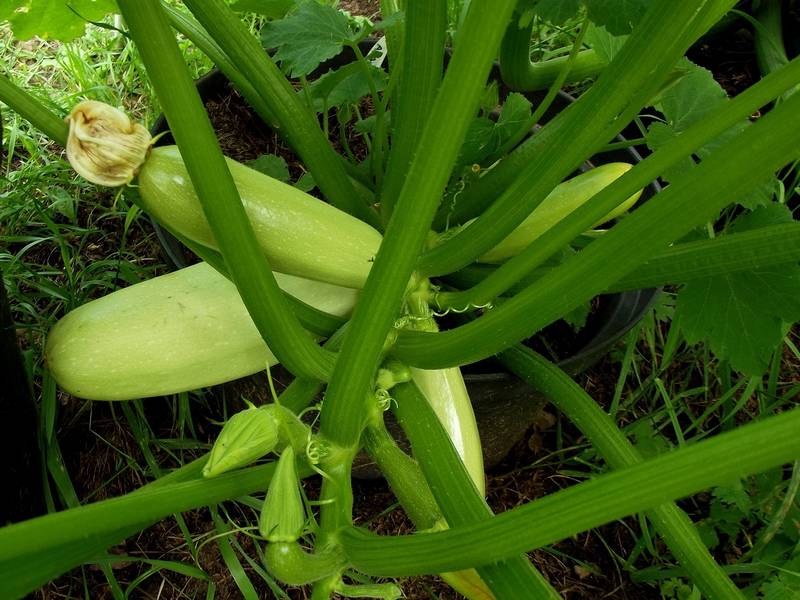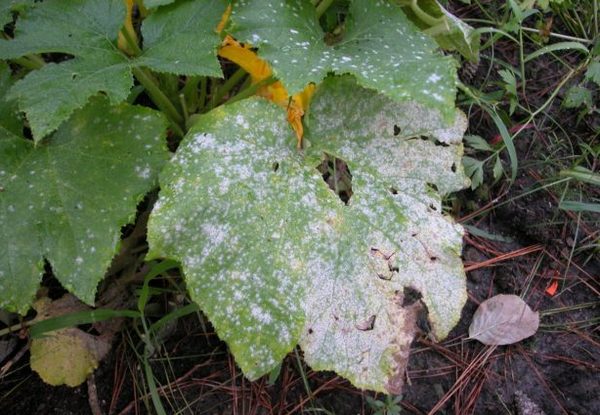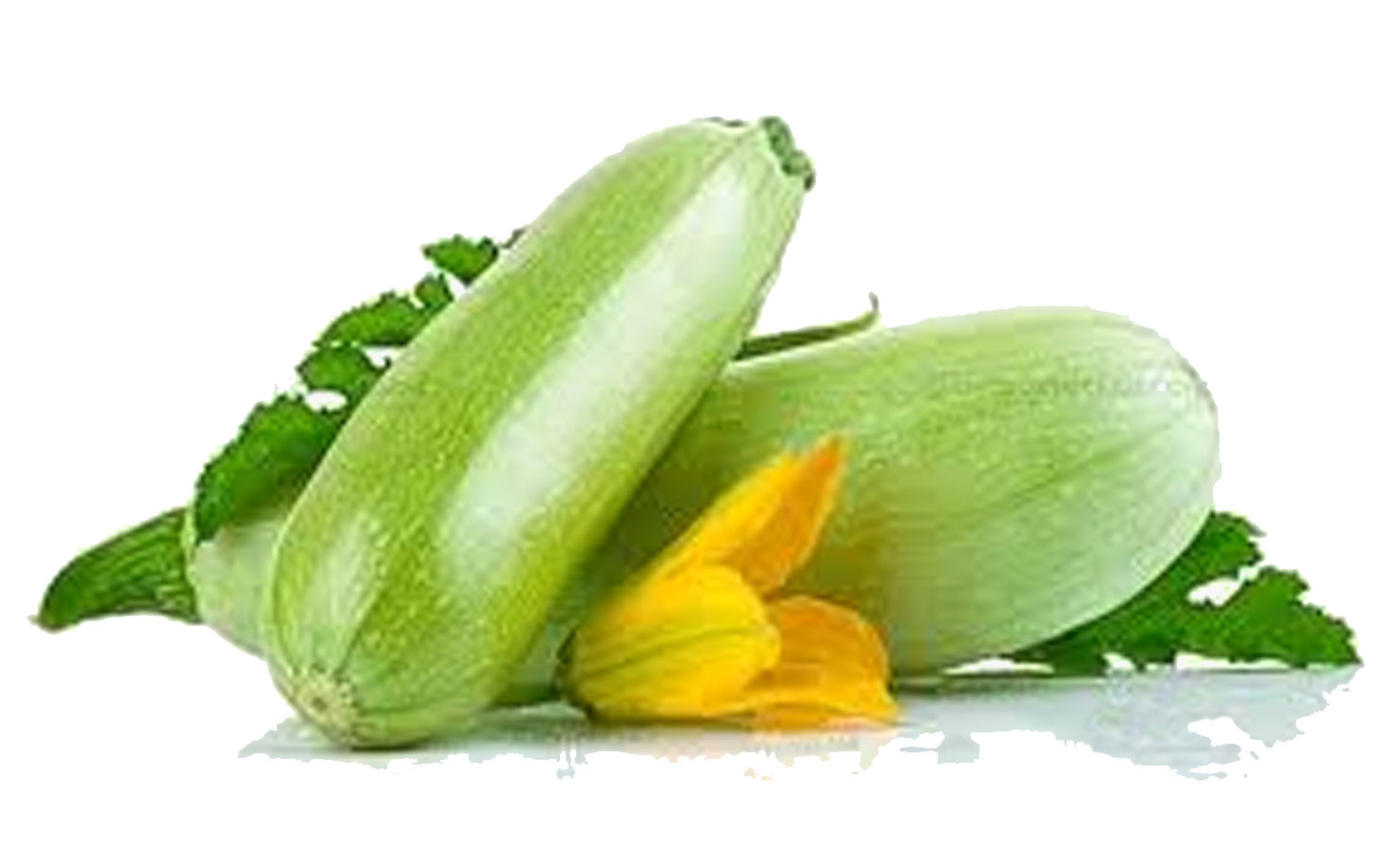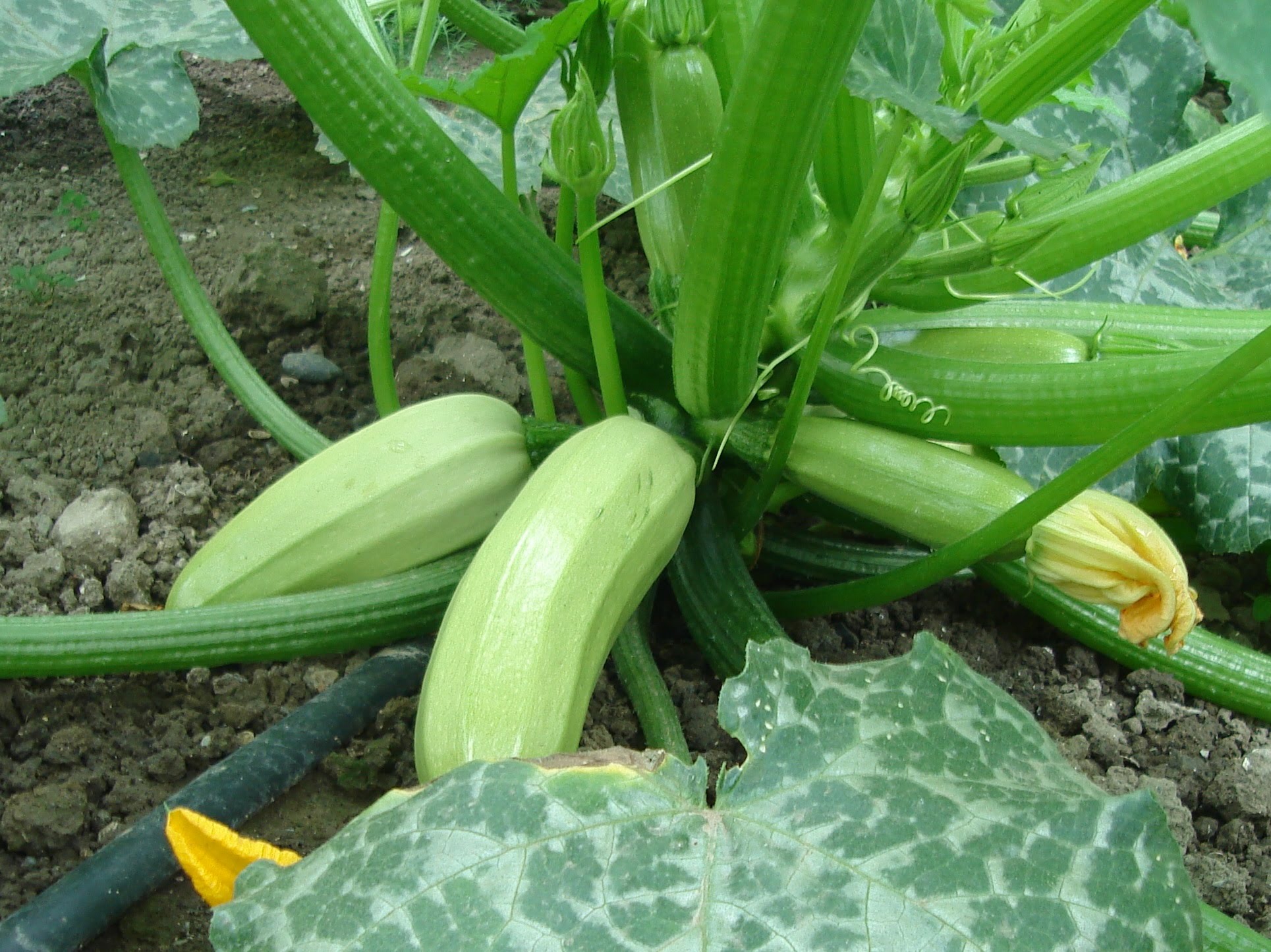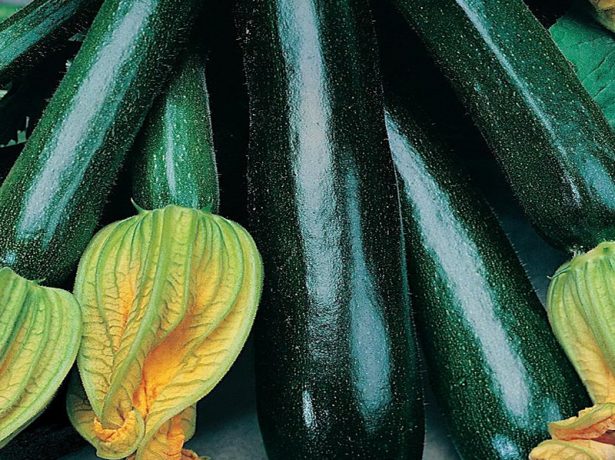Content:
Few people know that zucchini is a type of common pumpkin. This "pumpkin" grows as a bush, has no lashes, the fruits are not round, but elongated and oblong. Both cultures are of interest, in any modern seed store you can find up to 130 varieties of pumpkins, up to 150 varieties of zucchini. Spaghetti, yellow-fruited, zucchini, pear-shaped, spherical - today there are varieties of zucchini for any, even the most exotic taste. Among the modern assortment, parthenocarpic hybrids are of particular interest, that is, plants capable of setting fruits without pollination. One of these varieties is the Kavili zucchini.
Characteristics of the marrow variety Cavili
Zucchini Kavili - early maturing, the period from germination to the beginning of harvest is only 39-46 days. Bred in Holland, F1 hybrid, i.e. first generation hybrid. Kavili was admitted to the national Register of Breeding Achievements in 2002 and recommended for all regions of Russia.
Description of the variety
The bush is beautiful, has small internodes, very compact. The foliage is quite decorative, green with a whitish-silvery pattern. The fruits appear on the main stem, arranged in a circle.
Produces fruit without pollinators. The phenomenon is called parthenocarp.
In the Kaveli variety, zucchini are colored light green. The pulp is white, tender, juicy, very tasty. The skin is thin; when overripe it becomes slightly denser, but does not coarse. Versatile. Suitable for fresh consumption, preservation, caviar preparation.
The fruits are attractive for their neat appearance. Uniform, calibrated, presentable, 16-24 cm long. The weight of one fruit is about 280-320 g, but it can reach 0.5 kg.
The fruiting period is long, up to 2 months. A striking feature is that it retains its taste even when overripe, the timing of harvesting can be varied.
Resistant to powdery mildew and other zucchini diseases.
Suitable for outdoor and indoor cultivation.
Growing features
The cultivation of Kavili zucchini differs little from the same procedure for other early varieties, although it has its own characteristics that will delight most gardeners:
Usually, zucchini seeds are spread on cheesecloth, moistened with warm water, kept from 2 hours to 1 day. The Cavili variety does not require such a procedure, the manufacturer has already taken care of the pre-planting seed treatment, you can plant them immediately.
Sowing is carried out in seed boxes or other containers of at least 10 cm in diameter, or in open ground in a permanent place. If the latter option is chosen, it is worth waiting for the soil to warm up to + 16 ° C.
The temperature in the greenhouse is not lower than 20-22 ° С.
The best soil for planting Kavili zucchini is loose, nutritious loam. The acidity is neutral. Add sand to clay soils at the rate of 3 kg per 1 sq. m. Zucchini very responsively perceive warmed ridges: it is necessary to form trenches up to 30 cm deep, lay out compost, fill with soil.
The place must be sunny. In partial shade and shade, zucchini do not bear fruit well, Kavili is no exception. If the plant has too abundant foliage, occasionally you need to remove the oldest and largest leaves - the squash will not suffer from self-shading.
Seedlings in the open field are buried to the cotyledons.
During the fruiting period, abundant morning watering with warm water is required. The water temperature is not lower than 20 ° С.Deficiency of moisture is unacceptable - this will affect the yield, and dampness - this provokes disease.
An extreme lack of moisture can be seen in the leaves. If they wilted, the plant is severely deficient in moisture. After watering, such a plant will recover, but its yield will drop.
Organic fertilizers are applied before flowering, during the appearance of ovaries and during the period of fruit ripening. Liquid manure is diluted in water in a ratio of 1 to 10.
Timely collection of fruits will give the plant the opportunity to show its full yield.
Cavili zucchini can be stored in cool, dark conditions for 2 months. In the refrigerator - up to 1 month. Before laying for storage, the fruits are not washed in any way, they are cut off with a piece of the stalk from 5 cm.
Advantages and disadvantages
Kavili zucchini is one of the leaders among early hybrids. He has practically no flaws.
Pros:
- Excellent seed germination, gardeners estimate it as one hundred percent.
- Effective for early harvests.
- It does not need pollinators for the formation of fruits, therefore it can be recommended for growing in regions with rainy, cold or too hot summers, in closed ground.
- Very high taste.
- The fruits are beautiful in color and shape.
- Fruiting with good care is abundant and long. In order to supply a family of 3-4 four people with fresh zucchini, 1-2 bushes are enough. During the harvesting period, 1-2 zucchini can be removed from this number of plants daily - and this is possible for 2 or more months.
- Fruits begin to appear 40 days after germination.
- It is a bush squash and therefore takes up very little space.
- Very resistant to disease.
Comparison with other popular early maturing varieties
| Variety name | Ripening time, days | Average size and weight of fruits | Productivity from 1 sq.m. | Parthenocarp |
|---|---|---|---|---|
| Cavili F1 | 40 | 22 cm, 320 g | Up to 9 kg | Yes |
| Medusa F1 | 35 | 25 cm, 800 g | Up to 9 kg | Yes |
| Parthenon F1 | 45 | 20 cm, 300 g | Up to 15 kg | Yes |
| Aeronaut | 45 | 15 cm, 1300 g | Up to 7 kg | No |
| Iskander F1 | 45 | 20 cm, 700 g | Up to 15 kg | No |
| Tsukesha | 50 | 40 cm, 900 g | Up to 12 kg | No |
| Ball | 55 | 10cm in diameter, 800g | Up to 10 kg | No |
When it comes to grooming, the Kavili zucchini is not overly demanding. According to reviews, even without abundant watering, this variety will provide good yields. In general, this variety has deservedly gained fame as one of the leaders: early and very abundant, long-term yield, not dependent on stress, high resistance to diseases, compactness of the bush, tasty fruits - this is really an outstanding achievement of modern breeding. The disadvantages of the variety are associated either with lack of care. , or trying to grow a variety from self-collected seeds. Since this is a first generation hybrid, it will not be possible to obtain plants with similar properties from its seeds. Seeds should be purchased regularly.
